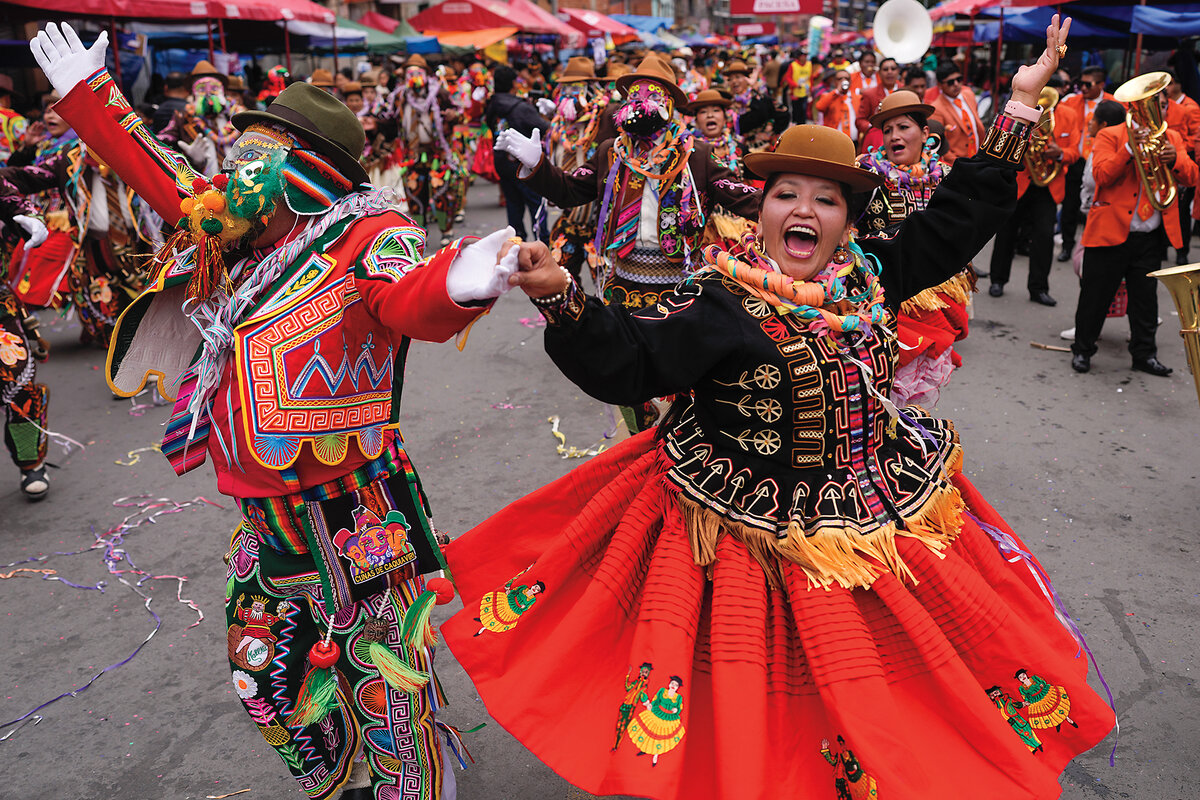Not everything can be spoken – not because language fails, but because some feelings live beyond the reach of words. Is that why we dance?
The question has stayed with me as I’ve looked at photos of people from around the world, dancers from India to South Africa, moving their bodies in pure bliss. There is no shortage of the ways they do it: They slide; they shake; they shimmy.
But I wanted to ponder the larger why. What makes babies, for instance, move before they even learn to speak? The best I’ve come up with is that they, and all of us, kick and wriggle not only to stretch the body’s muscles, but also to feel the thrill of being alive. Dance reminds us of that – of our pulse, our presence, our possibility.
Unlike words, which are symbolic, dance is the thing itself. It is immediate and real. “Dance is a fundamental expression … just as important as language, as music, as enterprise of any kind,” Sara Hook, head of the dance department at the University of Illinois Urbana-Champaign, tells me.
People dance to remember, to belong, to speak across generations. Cultural dances are living archives, after all. Their movements carry shared memory, joy, mourning, and ritual.
“The way a culture dances is really expressing their values, their ethical moral codes … their ways of defining an enriched life,” Professor Hook says.
What I’ve concluded is that we dance to connect – to ourselves, to one another, to our ancestors. Put simply, “People dance because they need to; they have to,” Professor Hook notes. “They are compelled in ways that one cannot explain in words.”
For more visual storytelling that captures communities, traditions, and cultures around the globe, visit The World in Pictures.
